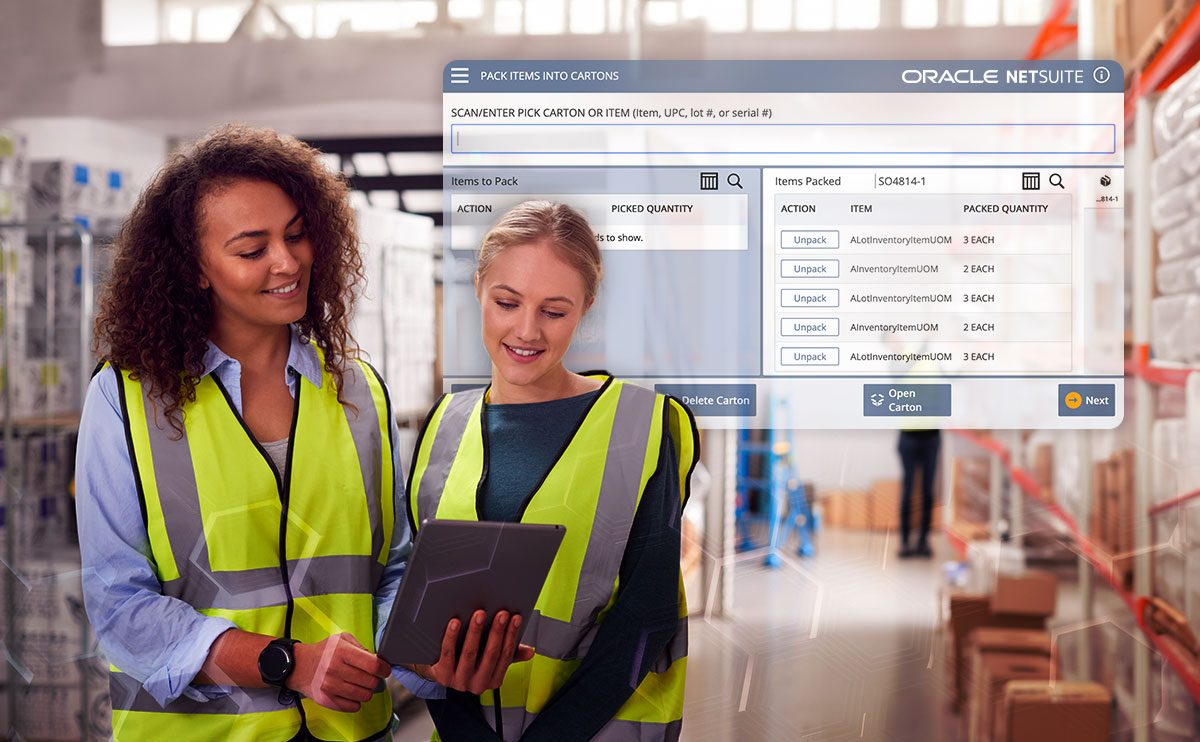The idea of a highly efficient, cost-effective, intelligent, and streamlined manufacturing process is the ultimate goal of all manufacturers.
A situation where you know the precise materials used at each stage, you know where each product sits at any point in the supply chain, you can plan when sales will dip and rise.
The solution to achieve this is ultimately building a production planning solution. This is a ‘guide’ for the production of a given product or service.
When coupling this planning solution with the information learned during your Manufacturing Execution System (MES) rollout, you can gather insightful data that will help build an optimised system.
This relationship is the key to continual optimisation.
As you’ll see, creating the perfect production planning solution does not require a silver bullet approach. It’s a methodical, staggered and data-driven process.
The problem that happens all too often…
A vast majority of failed MES implementations go wrong when companies try to optimise their plan too quickly using the newly discovered capabilities of their MES configuration.
This creates the double risk of making changes to procedures and systems at the same time. There are too many variables that can go wrong when you change too much too quickly.
A good MES rollout provides you with the information needed to effectively optimise your production plan after you go live. So it’s important to tackle it in a set method.
We’ve put together these 5 tips to ensure your production planning solution is a roaring success.
1 – Get organised BEFORE any project starts.
Information gathering is an important part of any new strategic rollout.
It’s important to make sure your current systems, processes and reports are up to date so that you can easily access information when required.
It doesn’t have to be perfect data, but it must be up to date enough that you can complete a proof-of-concept build. You need to have a general idea of the direction you want to head so that you can formulate a plan.
Some very common considerations are:
- Do you have process maps of your production workflow?
- Have you ensured the bills of materials are up to date?
- Have you defined workstation capacity?
- Listed resource requirements for successful product delivery?
Having all this prepared before the project starts will save you wasting project time preparing information that will ultimately just hold up the build.
The end goal of this process is to have more access to reliable information, start the process by being completely transparent with your current systems.
2 – Start small. Select the most typical product.
The purpose of this step is to not only get users trained on the system but to make sure they are collecting the metrics required to manage the production plan.
There’s no point starting with the most complex build you have, especially if it only occurs once a year. You’ll likely end up bogged down in workflows that are not relevant to 80% of your business transactions.
To be able to properly systemise your operations, you need to be able to scale and create repeatable processes. When the foundations are in place, you can incrementally expand these learnings into other systems, processes and products.
Start small and once your team is up to speed, move on to the more difficult builds.
3 – Focus on gathering metrics and reporting from the workflow
Now you have an end-to-end production workflow up and running, it’s time to focus on the reports. Businesses that can use data to inform more optimised workflows will have a competitive advantage.
Manufacturers need to ask themselves:
- Is run-and-lag time accurate?
- Is costing correct and posting at the right level?
- Can you trace and analyse used materials at any stage of production to identify quality issues?
By analysing data early on you’re not only confirming that the information you are gathering is showing correctly, but you may already be able to notice areas for improvement.
Reporting and optimising is the fundamental advantage that MES systems provide manufacturers. This visibility goes beyond just understanding systems, it provides insights that inform every piece of the manufacturing supply chain puzzle.
Gathering and reporting on this will inform your entire production plan.
4 – Stay on top of your inventory management throughout the project
Nothing messes up a go live more than inaccurate inventory management.
If your Manufacturing Execution System isn’t integrated with demand planning, your production floor will be brought to a halt. A classic example is if your systems show no stock due to purchase orders not being received.
This means all business processes that impact inventory levels (receiving, transfer, fulfilment) need to be executed immediately. It needs to be a communicating ecosystem.
After all, the production planning is only as good as the information it is using. So if the stock has not been received into inventory, the MES will not know that a work order can be released for production.
5 – Buffer stages to allow for errors and lag
If possible, with your current production schedule, run the new MES in parallel to existing systems and processes.
While your teams are adjusting to the new system, naturally you will experience more lag time.
However, as everyone becomes more familiar with the system, and performance is optimised, compare the outputs from each sector to ensure everyone has the materials they require to do their job.
Lag should be expected during this period as people learn new systems and processes. It will be a gradual process of understanding how outputs can be optimised and how the newly available data allows teams to adjust and optimise.
But once it’s achieved, it is profoundly worth it.
A Netsuite Manufacturing Execution System is the way to go, but…
It isn’t as simple as clicking a few buttons and, voilà.
Ultimately the objective when implementing an effective Manufacturing Execution System is to improve efficiency around inventory management, demand planning and production planning while also reducing waste.
But, it would be a massive oversight to attempt all of these at once.
If you follow the steps outlined above, you’ll find that taking a more pragmatic and incremental approach will lay the foundation for a successful rollout.
But if you do get stuck, a Klugo expert is only a phone call away.
About Klugo
NetSuite + NextService
Klugo’s vision is to unlock the full operating potential of our customers to maximise the value of their business. We do this by helping our customers achieve operating excellence using NetSuite + NextService, the world-leading cloud ERP and FSM business platform for small-to-medium-sized businesses.
Need a specialist’s free advice?
Feel free to call an expert in operational excellence today. Find out how cloud-based technology can support and quickly adapt to your growth strategies.






